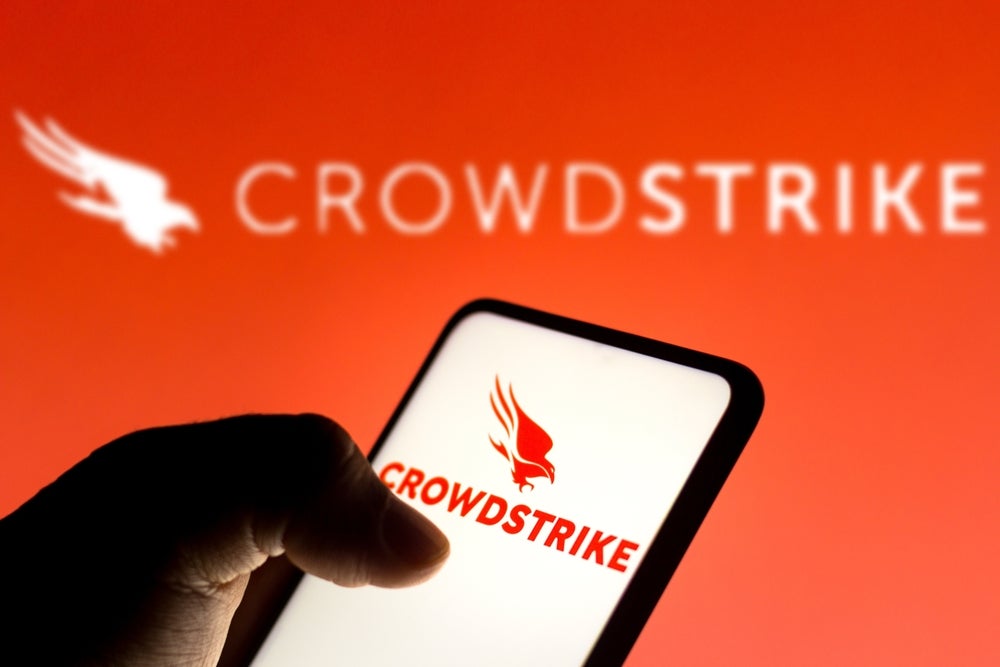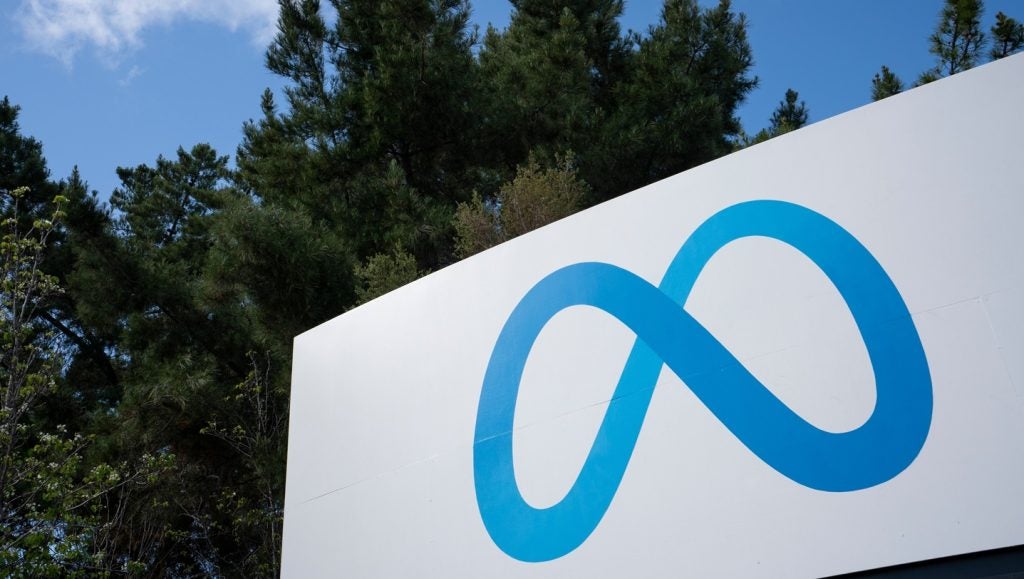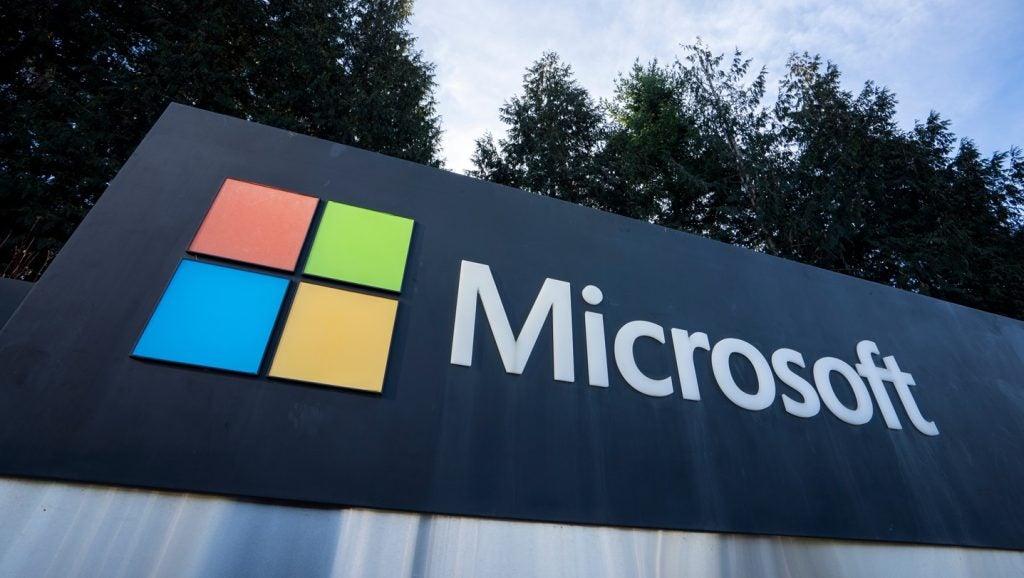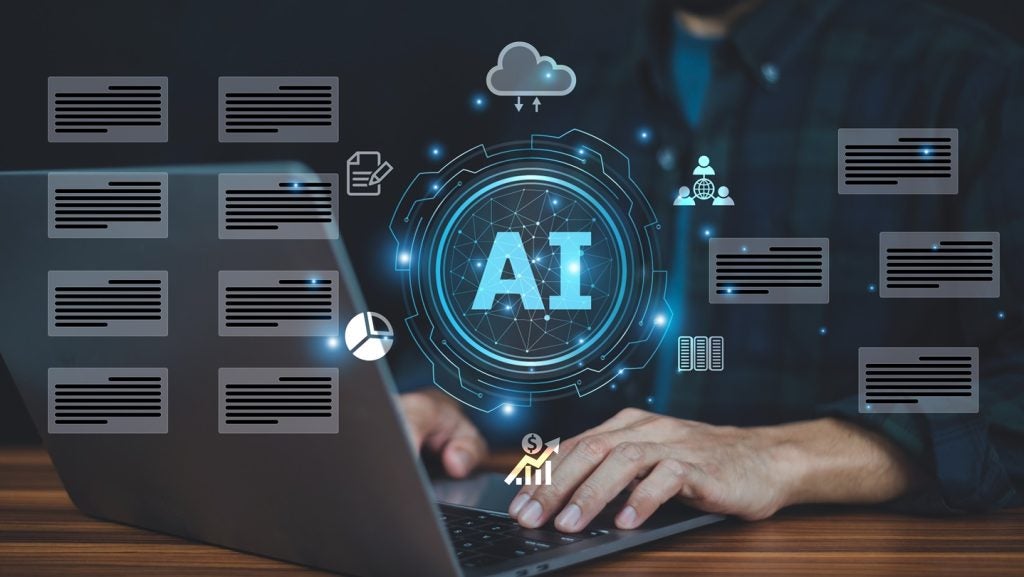On the morning of July 19, 2024, the world awoke to disruption on a global scale, with critical systems for banking, airlines, and innumerable other companies knocked offline.
The outage affects machines using the Microsoft Windows operating system. Fixes and postmortem are in the works, but it is undetermined as of this writing how long the outage will last.
However one thing is clear – the culprit is not a rogue band of hackers or nation-state but rather, security vendor CrowdStrike.
Systems testing
As the fallout from this incident continues, there needs to be a discussion at high levels in corporate IT departments concerning policy on software updates. In the pre-cloud era, most updates to end-user systems and servers were first vetted and tested by the IT department. The process looked something like this:
- Review update changelog – note any possible problems and decide if the update has enough changes to warrant a roll-out;
- Install the update on isolated test system(s);
- Test the update for problems and functionality;
- Roll the update out to a small subset of users, preferably those close by and in the IT department;
- If all seems well over the next few days, roll out to a larger test group;
- If that goes well, schedule the update corporate-wide in batches, staggered to ensure that the updates do not all happen at once and crash network/server resources.
In the case of equipment like Ethernet switches and routers, testing to ensure that updates do not cause widespread outages can take months. Dedicated storage systems, server BIOS upgrades and similar high-risk patches all need to be very carefully tested and rolled out.
Cloudy skies
But the cloud has changed things, with updates happening automatically. There are a lot of good reasons for automatic updates, among them the time it saves IT staff and most importantly how much better it is from a cybersecurity standpoint.
Case in point, antivirus definition updates were one of the first widespread examples of automatic updating. Automatic updates also prevent zombie unpatched systems from propagating malware or providing other security holes.
The primary driver for widespread automatic updates has been cybersecurity. The ability to very quickly and automatically patch systems in response to real time threats is compelling.
Time for a rethink
Two factors should be making enterprise IT rethink the assumptions around automatic updates. First, is the loss of control. The responsibility of ensuring that updates work smoothly moved from enterprise IT’s hands and into the hands of vendors. Enterprise IT has no control over those vendors, or control over their practices, and often hasn’t even investigated those vendors’ practices. Big vendors serving thousands of companies have extensive quality control and practices, right?
In truth, most vendors do have excellent quality control and safe practices. But its still a trust relationship where the control really lies with the vendor.
We are also seeing more of the so-called ‘supply chain’ attacks, that attack components of a software vendor’s solution, such as libraries and services. This is another instance where IT has been simply trusting the vendor to ensure that those software components are secure and up to date with the automatic updates.
Putting on the systems updating brakes
Enterprises need to consider putting the brakes on automatic updating and moving to a process where IT is more involved and in the path of approval. Responsibility lies with the enterprise, even if the mistake is a vendor’s.
This will require more time and resources, but it’s a luxury to offload the responsibility for software updates to vendors. Airplane pilots inspect their planes themselves, despite having seasoned ground crew and mechanics on hand. In short, everybody must agree that all lights are green for a plane to fly.
Enterprises need to again step up and take an active role in managing software systems updates, even urgent ones. The responsibility and accountability needs to come back in-house. Otherwise the next time a fiasco like the CrowdStrike one occurs, enterprises won’t have anyone to blame but themselves.








